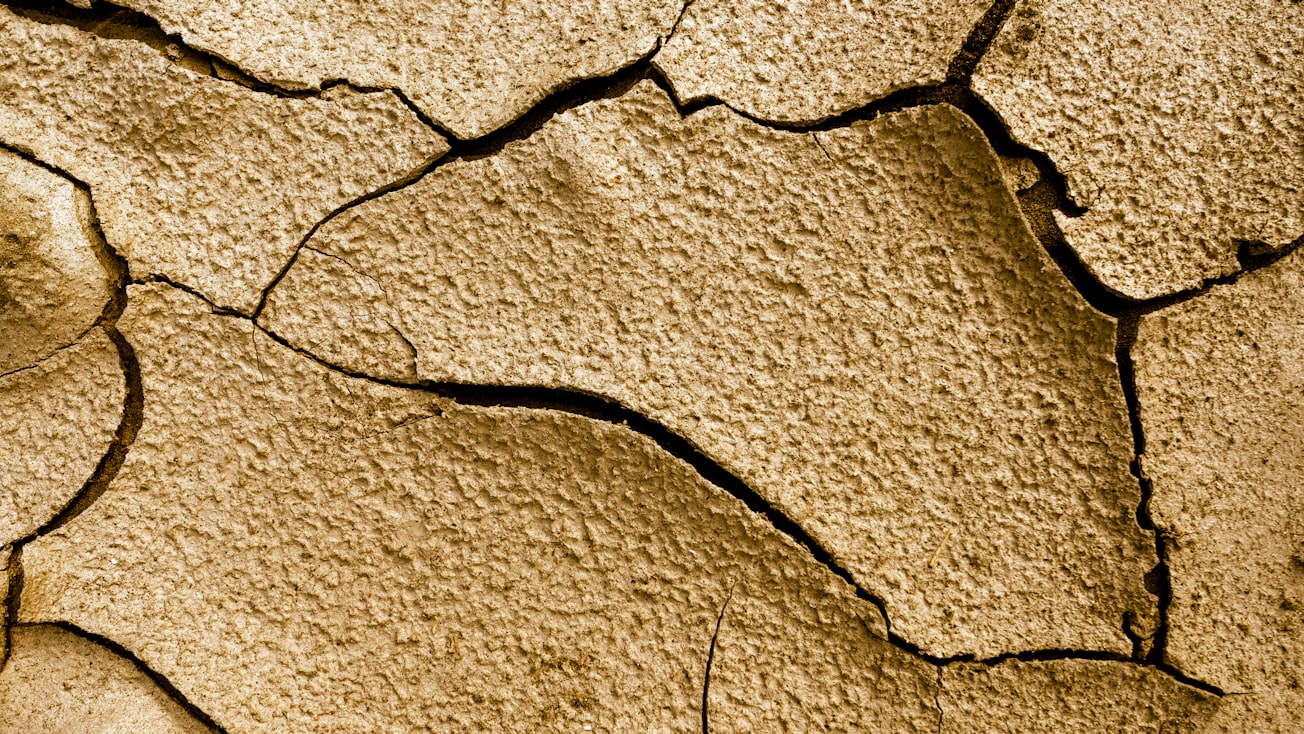What is it about?
The northwest India is known to be the largest hotspot of groundwater depletion in the world. Our analysis of water level data from NW India for the period 1974-2010 shows significant spatial inhomogeneity in terms of depletion patterns. Mitigation and management of groundwater resources require an understanding of the drivers behind the pattern and magnitude of groundwater depletion, but a regional perspective on these drivers has been lacking. We used a time series analysis approach to quantify the effect of the various driver components, i.e. precipitation, groundwater abstraction and canal irrigation, in the period 1974–2010. We map several hotspots of depletion that broadly match with the metrics of groundwater abstraction. The response to abstraction varies spatially but is generally large across the proximal and middle parts of the study area, particularly where abstraction is high but alluvial aquifer bodies are less abundant. In contrast, the precipitation response is rapid and fairly uniform across the study area. At larger distances from the Himalayan front, observed groundwater level rise can be explained predominantly by canal irrigation. We note a general correspondence of the water level decline with the geomorphic setting of the region and the aquifer properties below. This heterogeneity thus provides a useful framework that can guide mitigation efforts; for example, efforts to decrease abstraction rates should be focused on areas with thinner and less abundant aquifer bodies.
Featured Image

Photo by Mario Caruso on Unsplash
Why is it important?
Management interventions planned by the Government of India are limited to a decrease in groundwater abstraction (via piped water supply and crop management) and an increase in recharge (via artificial recharge pits and rainwater harvesting) (Central Groundwater Board). Artificial recharge schemes are likely to be most effective where the response to abstraction is rapid, but not necessarily where the stationary response is large – because those places may have a long, drawn-out response. Rapid response to abstraction is seen everywhere but is particularly high in the interfan area and along the Ghaggar–Hakra paleochannel. These areas are thus likely to be less effective locations for artificial recharge schemes, due to the thinner and less-abundant aquifer bodies in the subsurface. Conversely, the middle portions of the Sutlej and Yamuna fans appear better suited to artificial recharge as they combine a rapid response with more moderate values of the zeroth moment.
Perspectives
The work that we have performed is useful as a first asset to distinguish important locations to guide mitigation efforts to reduce groundwater level decline or NW India. It shows which parts of the basin are more sensitive to groundwater abstraction, and helps with relating groundwater level decline to regional subsurface heterogeneity. This is useful for future artificial recharge efforts.
Dr Wout M van Dijk
Arcadis NV
Read the Original
This page is a summary of: Spatial variation of groundwater response to multiple drivers in a depleting alluvial aquifer system, northwestern India, Progress in Physical Geography Earth and Environment, September 2019, SAGE Publications,
DOI: 10.1177/0309133319871941.
You can read the full text:
Resources
Contributors
The following have contributed to this page







